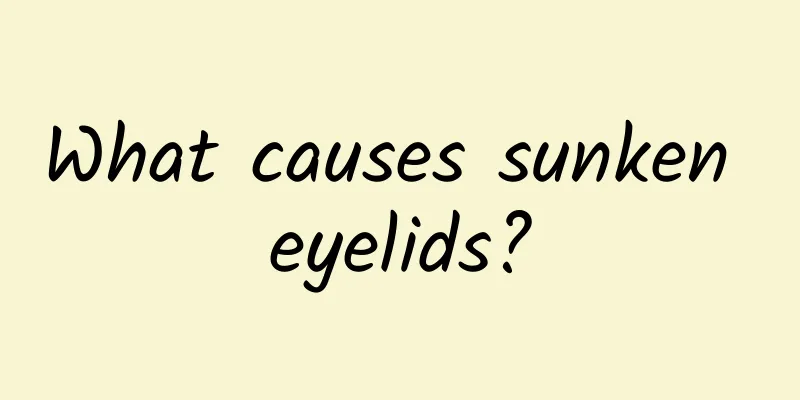What is the cause of the swelling and pain next to the toenail?

|
If there is swelling, pain and pustules next to the toenails, you should pay attention to whether it is paronychia, because paronychia is the most common toenail disease caused by infection and bacteria, and the pain is quite excruciating. Therefore, you should pay attention to these symptoms and manifestations, and you can use hot compresses, physical therapy or some antibiotics for treatment. 1. Cause Paronychia is mostly caused by punctures, abrasions, ingrown nails or pulling out "inserted skin thorns" of the nail groove and surrounding tissues. Subungual abscess is often caused by the spread of paronychia, infection caused by subungual puncture, or secondary infection of subungual hematoma caused by fingertip compression injury. The main pathogen is Staphylococcus aureus. 2. Clinical manifestations At the beginning, one side of the nail groove will become red, swollen and painful, and it may become purulent and infected within a short period of time. It may spread to the base of the nail and the opposite nail groove, forming perionychia, or it may spread to the subungual area to form a subungual abscess. At this time, the pain intensifies and the swelling is obvious. Yellow-white pus can be seen under the nail floating up the nail. If not treated in time, it may develop into purulent dactylitis and even cause phalangeal osteomyelitis. It may also become chronic paronychia, persistent paronychia or subungual abscess. Because the infection is relatively superficial, the systemic symptoms are often not obvious. 3. Treatment In the early stages, hot compresses, physical therapy, external compresses, and the application of iodine amines or antibiotics can be used. If there is pus, a longitudinal incision can be made at the nail groove for drainage. When the infection has spread to the subcutaneous area around the nail base, a longitudinal incision can be made in the nail grooves on both sides, the epithelial sheet on the nail root can be turned up, the root of the nail can be removed, and a small piece of vaseline gauze or latex sheet can be placed for drainage. If pus has accumulated under the nail bed, the nail should be removed or the nail above the abscess cavity should be trimmed. When removing nails, be careful to avoid damaging the nail bed to prevent deformities of the new nails in the future. |
<<: Why is half of my toenail empty?
>>: What are the white spots on toenails?
Recommend
The child has hand, foot and mouth disease but no fever
It is actually normal for children not to have a ...
Can Panax notoginseng and Gastrodia elata be taken together?
Generally speaking, we know that Gastrodia elata ...
Precautions for senile vaginitis
Senile vaginitis is a common gynecological diseas...
Is pearl powder effective in removing acne?
Pearls are a type of wearable jewelry that is very...
12 simple ways to get rid of bad breath
Bad breath is a problem that bothers many people....
What is the cause of foam in the child's stool?
If the child's stool is foamy, parents should...
Tips for whitening arms: the whitening effect is amazing!
In the hot summer, your arms will be tanned by th...
Can umbilical cord blood treat cerebral palsy? Why?
For the baby itself: storing the baby's umbil...
The efficacy and function of alfalfa
Alfalfa is actually the general name for all plan...
How to eat pigeon soup for pregnant women
It is very beneficial for postpartum women to dri...
How to treat onychomycosis in children?
It is becoming more and more common for children t...
What can't you eat if you have back pain?
Low back pain troubles many people, so we should ...
What causes cervical spondylosis?
With the development of science and technology an...
What are the benefits of lily almond?
Lily has the effect of clearing heat and moisteni...
Why do girls have pain in their belly button and lower abdomen?
If a girl experiences lower abdominal pain in the...









